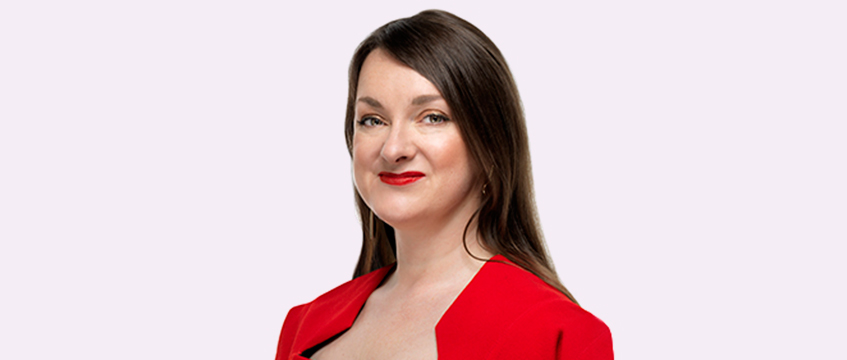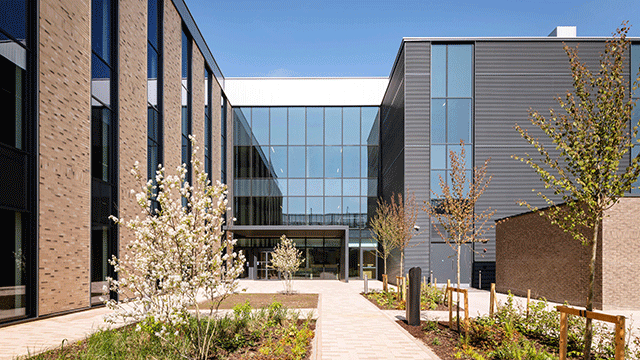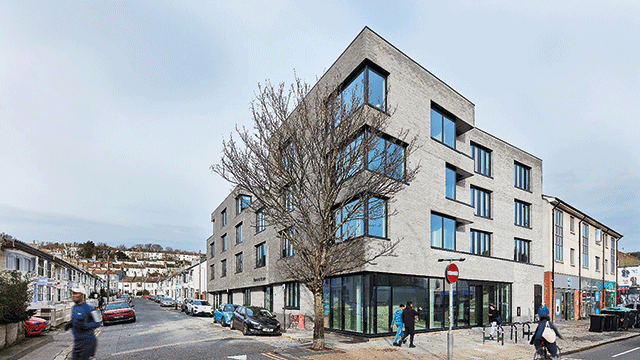COMMENT Gender equality is having a moment. It has been 100 years since women were first allowed to vote and to practice law. We are experiencing the powerful legacy of #MeToo and we’re approaching the first anniversary of gender pay gap reporting. But these critical milestones are just symptoms of a much bigger issue: the “gender say gap” – the invisibility of women and other diverse groups in business and in public life.
Society has failed to acknowledge a quiet revolution. For the past decade women have outnumbered men in high-status professions. We are disproportionately the experts in the room, so why aren’t we hearing from female authorities?
But times are changing. From public figures like London mayor Sadiq Khan, who has refused to participate in manels (all-male panels), to the BBC’s call for more women speakers, it seems the world has finally noticed that the female experts are missing.
And this really matters. Because women can’t be what we can’t see. Just one in 10 high school children can name a famous woman working in technology – is that because we don’t exist, or because of the gender say gap? And that invisibility translates into women making up just 17% of the technology workforce and our continued under-exposure to STEM subjects in education. What innovations will we miss out on as a result?
But as we know, women are even more rare in the built environment. Estimates suggest women make up just 15% of the workforce, a figure which drops to just 11% in engineering. We need a diversity of ideas to solve the challenges facing people and the planet. And if we are to see gender mainstreaming observed in placemaking, we need brave women to champion a world built by men and women, for men and women.
I was recently challenged that by championing diversity I was in some way working against selecting the best candidate for the job. But with the built environment sector facing a skilled talent shortage of unprecedented proportions, surely encouraging more talent into the industry will enable employers to find many more best people for the job?
“We have a tremendous opportunity to unleash the power of diverse thinkers and speakers for the benefit of their organisation and society. But it’s a two-way street. If we’re to make a step change in women’s visibility, women need to step forward and embrace opportunity.”
We have a tremendous opportunity to unleash the power of diverse thinkers and speakers for the benefit of their organisation and society. But it’s a two-way street. If we’re to make a step change in women’s visibility, women need to step forward and embrace opportunity.
Women of the built environment have a critical role to play in changing the face and voice of the industry. It’s up to us to be seen and heard so we can attract and develop more women to shape the future.
Here are our three steps to closing the gender say gap:
1. Build your capability
I have yet to meet the mythical creature who is naturally credible and loves public speaking. It’s a skill like any other and you have to work at it. For me to campaign on the gender say gap I realised I would have to practice what I preach, so I did an intensive course. Make public speaking and media training part of your personal development.
2. Say yes to opportunity
After building my skills, I vowed that I would say yes to every public speaking opportunity for an entire year, no matter how intimidating its scale or ill-qualified I felt to speak on a subject.
I am about nine months into my challenge and it has been an amazing adventure. I have spoken on subjects from global marketing strategy and thought leadership, to my entrepreneurial journey, global trade and, of course, the gender say gap. And I have spoken for organisations ranging from the British Property Federation to the British American Business Council and the Houses of Parliament. My adventures have included being paid by the Finnish Institute to write and perform a rap at its annual Feminist Swearing Night.
Having the “say yes – no excuses” rule has really helped me to conquer my fear of doing things for the first time and overcome my concerns about being a “token” woman on a panel. Regardless of how each speaking opportunity presented itself in the first place, by working hard to prepare and be interesting, I am confident that I have been invited back on my own merits as a speaker – and once you get out there the opportunities multiply.
3. Put yourself forward
I have been campaigning for women to close the gender say gap by saying yes to platforms and creating opportunities for other women by recommending them as speakers. When it comes to speaking, many of us, me included, are still politely waiting to be asked. We should not only be saying yes, but not taking no for an answer.
Dipa Joshi, partner at Fletcher Priest Architects, advocates the proactive approach: “Don’t be overlooked. Keep an eye out for speaking opportunities and events that come up and put yourself forward to speak or present. Make a list of your key interests and passions and add them to your profile. Develop a point of view backed up by your experience and practise delivering it with confidence and enthusiasm.”
Organisations have a tremendous opportunity to bring about major change in the voice of business and the built environment of today and tomorrow. Let’s work together to make diverse thinkers and speakers more visible, and to close the gender say gap.
Claire Mason is founder and chief executive of marketing consultancy Man Bites Dog











